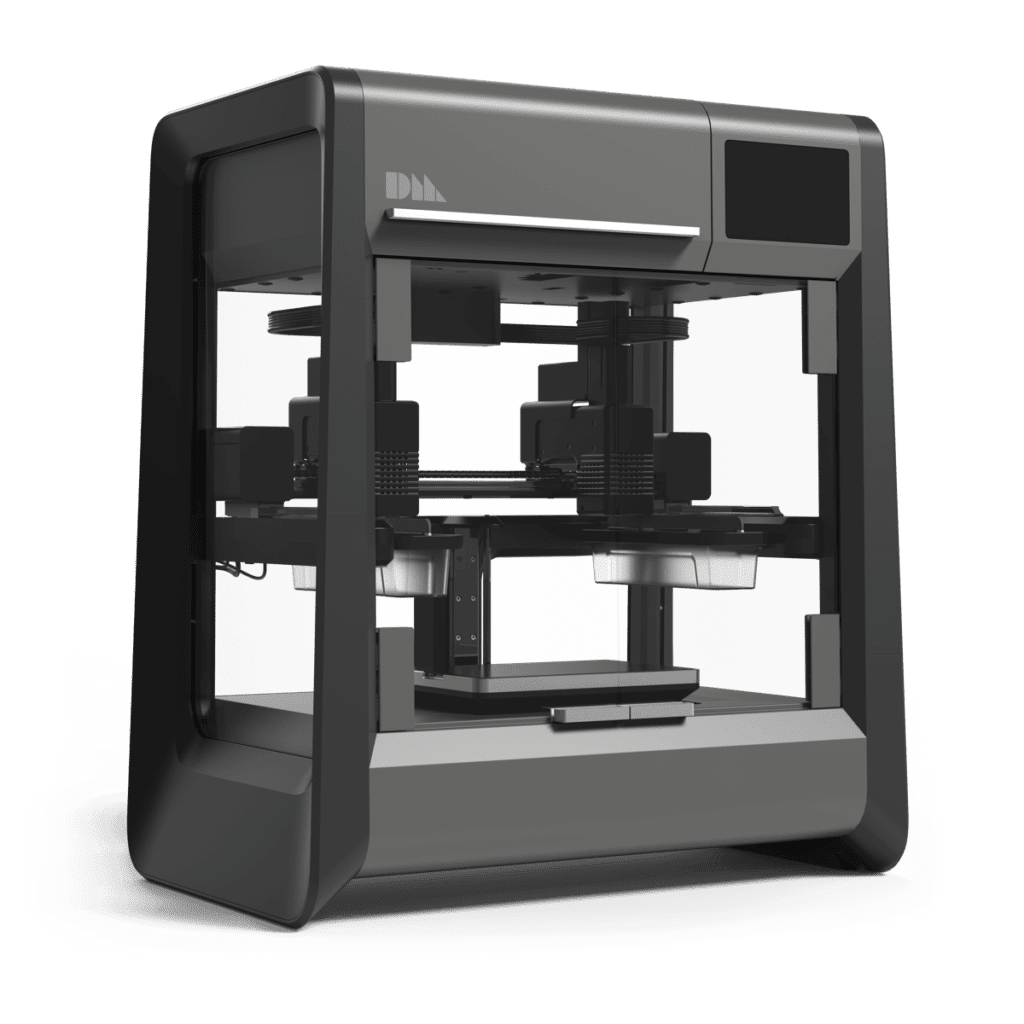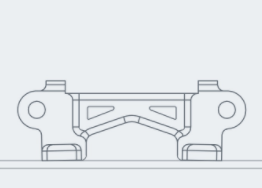BMD 3D Printing Technology Overview
Bound Metal Deposition is a metal additive process by Desktop Metal created for their Studio System that heats and extrudes bound metal rods to shape the metal part layer by layer. This technology requires no hazardous powders, no lasers and no cutting tools to ensure an accurate, fast, and safe print. In fact, no additional equipment is required besides the printer and an Internet connection.
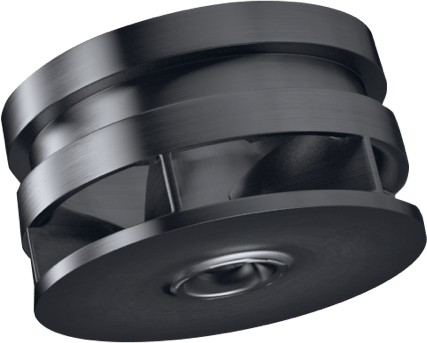
Closed-cell infill for lightweight strength

Minimum Layer Height of 50 µm
Build rate of 16 cm³/hr (1 in³/hr)

Separable Supports
Prep
Secure, web-based software constructs build plans from your STL or CAD files to automatically generate support and control parameters based on part geometry and material
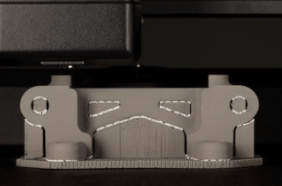
Layer by layer, a green part is shaped by extruding bound metal rods (metal powder held together by wax and polymer binders) through Bound Metal Deposition
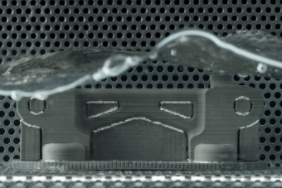 Debind
Debind
The green part is immersed in proprietary debind fluid, dissolving primary binder and creating an open-pore channel structure throughout the part in preparation for sintering
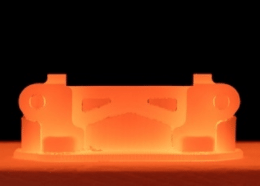 Sinter
Sinter
As the part is heated to temperatures near melting, remaining binder is removed and metal particles fuse together causing the part to densify up to 96-99.8%
Advantages
Printed parts with Polyjet technology are smooth, polished and accurately detailed.
- 10 times cheaper than comparable laser-based metal 3D printing technologies
- Safe for office-use. No hazardous lasers or powders needed as all you need are power and an Internet connection
- Remove supports by hand
- Take advantage of a wide range of alloys through the use of MIM metal powders of existing materials
Materials
|
|
BMD Technical Specifications
Part Tolerance |
Part ToleranceWhen the feature dimension is small (less than about 60 mm), the feature has a tolerance of +/- 0.5 mm. As the feature becomes larger, the expected tolerance in the part grows with the size of the feature, at a rate of ±8 μm of error per 1 mm of feature size. |
Layer Resolution |
Layer Resolution50 μm high resolution100-220 μm standard resolution |
Part Density |
Part DensityDependant on a variety of factors, including infill and shell thickness96%-99% |
Minimum Wall Thickness |
Minimum Wall Thickness1mm |
Maximum Part Dimensions (Single Build) |
Maximum Part Dimensions (Single Build)24 x 16 x 16 cm (9.4 x 6.3 x 6.3 in) taking into account 20% shrinkage rate |
Minimum Feature Size |
Minimum Feature Size2mm (average minimum feature size)3mm (isolated features) 0.5mm (continuous features) |
Finishes |
Finishesmatte or glossy, additional finishes available as a service |
Desktop Metal Studio System
The Studio System from Desktop Metal is the first truly office-friendly and affordable metal 3D printing solution. Engineering and design teams can now make complex metal parts faster than ever before with this safe, and easy-to-use system, without the need for special facilities or dedicated operators.
